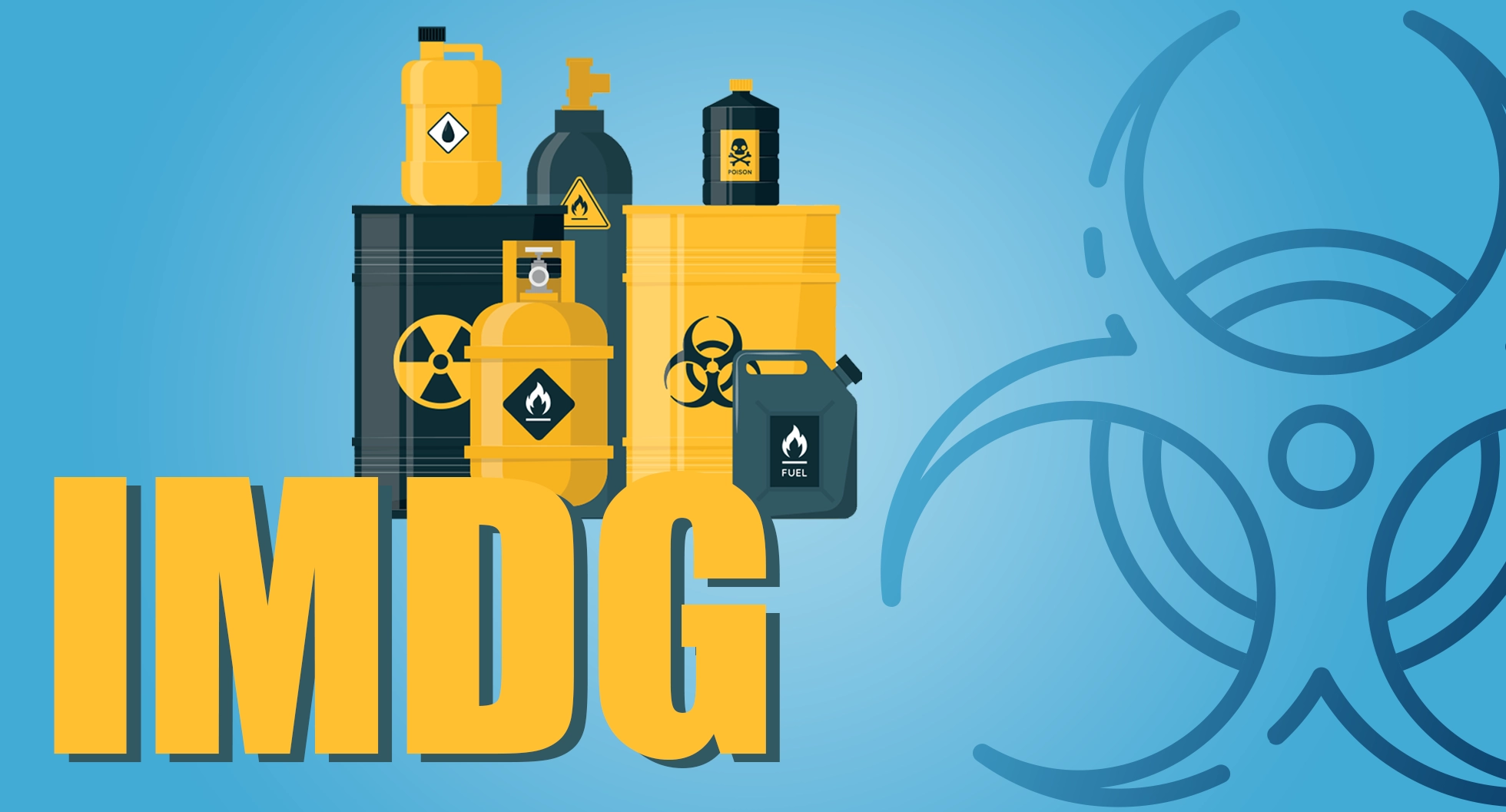Industry Review
The IMDG Code: International Maritime Dangerous Goods Regulations

The International Maritime Dangerous Goods (IMDG) Code is a globally recognized set of regulations that governs the safe transportation of hazardous materials by sea. Established by the International Maritime Organization (IMO), the IMDG Code aims to prevent accidents, protect human lives, and safeguard the marine environment from the risks posed by dangerous goods. Since its adoption, the code has played a crucial role in standardizing procedures for shipping hazardous materials across international waters.
This article explores the history, structure, and significance of the IMDG Code, as well as its impact on global shipping operations.
1. What is the IMDG Code?
The IMDG Code is a set of guidelines that govern the transportation of dangerous goods by sea, ensuring their safe handling, packaging, and labeling. It covers a wide range of substances, including flammable liquids, toxic chemicals, explosives, and radioactive materials.
The IMDG Code is mandatory for all ships transporting dangerous goods under the International Convention for the Safety of Life at Sea (SOLAS). It is regularly updated to reflect new safety measures, emerging risks, and technological advancements.
Objectives of the IMDG Code:
- Enhance maritime safety by preventing fires, explosions, and chemical spills.
- Protect human life and the marine environment from hazardous substances.
- Facilitate international trade by standardizing regulations for dangerous goods shipping.
- Ensure uniformity in labeling, documentation, and emergency response procedures.
2. History and Development of the IMDG Code
The IMDG Code was first adopted in 1965 by the International Maritime Organization (IMO) to provide global safety standards for the transportation of dangerous goods. Before its adoption, different countries had their own regulations, leading to confusion, inconsistencies, and safety risks.
Over the years, the IMDG Code has been continuously updated to address new challenges in hazardous material transportation. It aligns with other international regulations, including:
- United Nations Recommendations on the Transport of Dangerous Goods
- International Civil Aviation Organization (ICAO) Technical Instructions
- Globally Harmonized System (GHS) of Classification and Labeling of Chemicals
Since 2004, compliance with the IMDG Code has been mandatory under SOLAS Chapter VII, ensuring that all vessels adhere to standardized safety procedures.
3. Structure of the IMDG Code
The IMDG Code consists of two primary volumes and a supplement:
Volume 1: General Provisions and Classification
This section includes:
- Classification of Dangerous Goods: Substances are categorized based on their hazards (e.g., flammable, toxic, corrosive).
- Packing and Storage Requirements: Guidelines on suitable containers, packaging methods, and segregation of incompatible substances.
- Emergency Response Procedures: Protocols for handling accidents, spills, or fire-related incidents.
Volume 2: List of Dangerous Goods
- Contains the Dangerous Goods List (DGL), which provides specific details for each hazardous material, including:
- UN Number (unique identifier for hazardous substances)
- Proper Shipping Name (standardized naming for consistency)
- Hazard Class (classification based on risk level)
- Packing Group (degree of danger: I – high, II – medium, III – low)
- Special Provisions and Handling Requirements
Supplement: Additional Guidance
- Emergency response guides
- Medical first aid procedures
- Fire safety measures
- Security guidelines for dangerous goods handling
4. Classification of Dangerous Goods
The IMDG Code classifies dangerous goods into nine hazard classes:
- Explosives (e.g., fireworks, ammunition)
- Gases (e.g., propane, oxygen)
- Flammable Liquids (e.g., gasoline, ethanol)
- Flammable Solids (e.g., matches, sulfur)
- Oxidizing Substances & Organic Peroxides (e.g., hydrogen peroxide, ammonium nitrate)
- Toxic & Infectious Substances (e.g., pesticides, medical waste)
- Radioactive Materials (e.g., uranium, isotopes)
- Corrosives (e.g., acids, alkaline substances)
- Miscellaneous Dangerous Goods (e.g., lithium batteries, asbestos)
Each class has specific labeling, packaging, and handling requirements to ensure safe transport.
5. Key Safety Measures in the IMDG Code
To minimize risks, the IMDG Code enforces strict safety protocols, including:
1. Proper Packaging and Labeling
- Hazardous goods must be securely packed to prevent leaks, spills, or reactions.
- Warning labels and placards must be displayed to indicate potential risks.
2. Segregation of Dangerous Goods
- Certain substances cannot be stored together due to potential chemical reactions.
- The IMDG Code provides a segregation table to guide proper cargo placement.
3. Documentation and Declaration
- A Dangerous Goods Declaration (DGD) must accompany shipments, detailing cargo type, UN number, and emergency contact information.
- Improper or missing documentation can result in fines, shipment rejection, or legal consequences.
4. Training Requirements
- Crew members and port workers must undergo specialized training to handle dangerous goods safely.
- Training covers emergency response, risk assessment, and hazardous material identification.
6. The Impact of the IMDG Code on Global Shipping
The IMDG Code has significantly improved maritime safety and environmental protection by reducing accidents involving hazardous materials. However, challenges remain, such as:
- Compliance enforcement: Some shipping companies struggle with full compliance due to complex regulations.
- Evolving risks: New hazardous substances require continuous updates to the code.
- Security threats: The transport of dangerous goods is a potential target for smuggling and terrorism, necessitating stricter security protocols.
Despite these challenges, the IMDG Code remains an essential regulatory framework that ensures the safe transport of hazardous materials across the world’s oceans.
Conclusion
The IMDG Code is a cornerstone of maritime safety and environmental protection, providing a standardized approach to the transportation of hazardous goods by sea. By enforcing proper packaging, classification, and emergency response measures, the code minimizes risks and ensures the safety of crew members, ships, and coastal communities.
As global trade continues to expand, compliance with the IMDG Code will remain critical in preventing maritime accidents and protecting the marine environment. Shipping companies, regulatory bodies, and port authorities must work together to uphold these safety standards and adapt to emerging challenges in dangerous goods transportation.